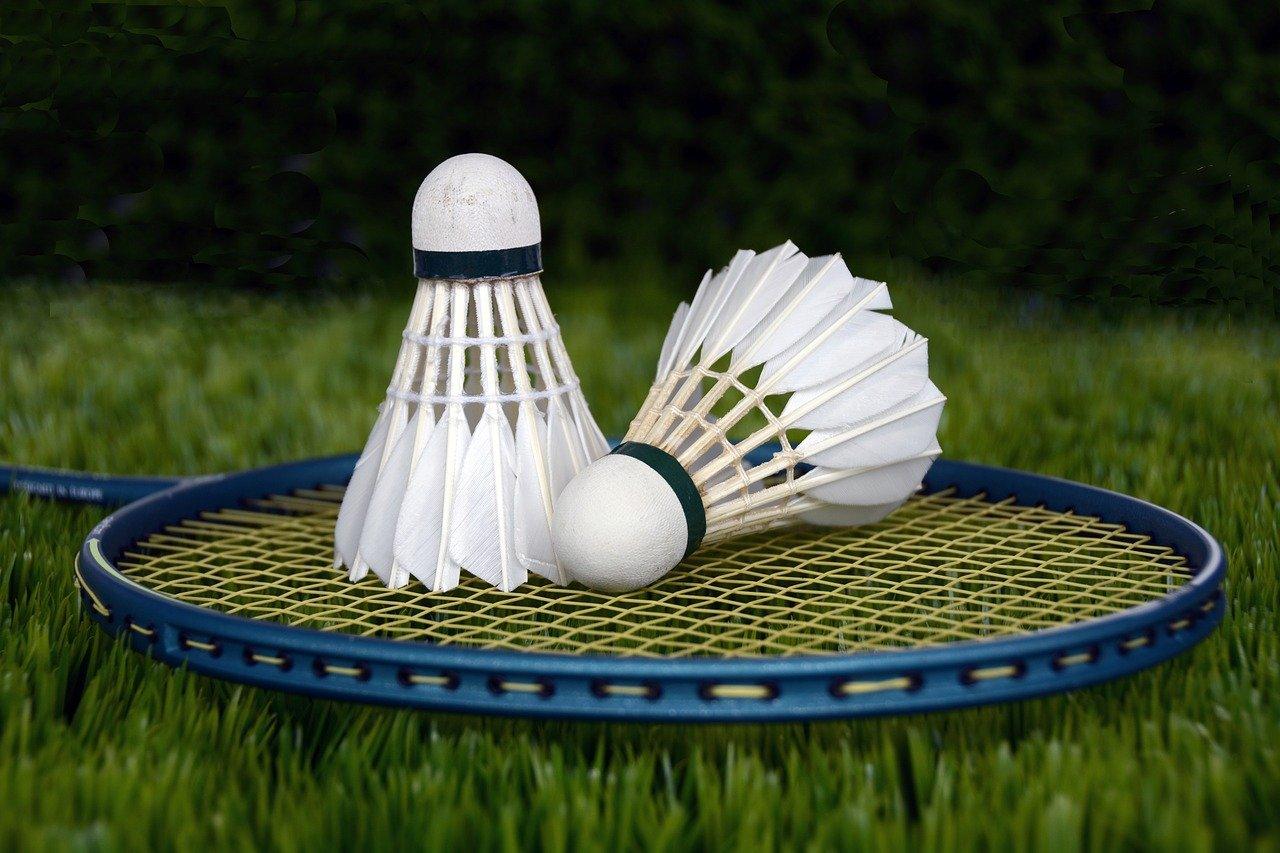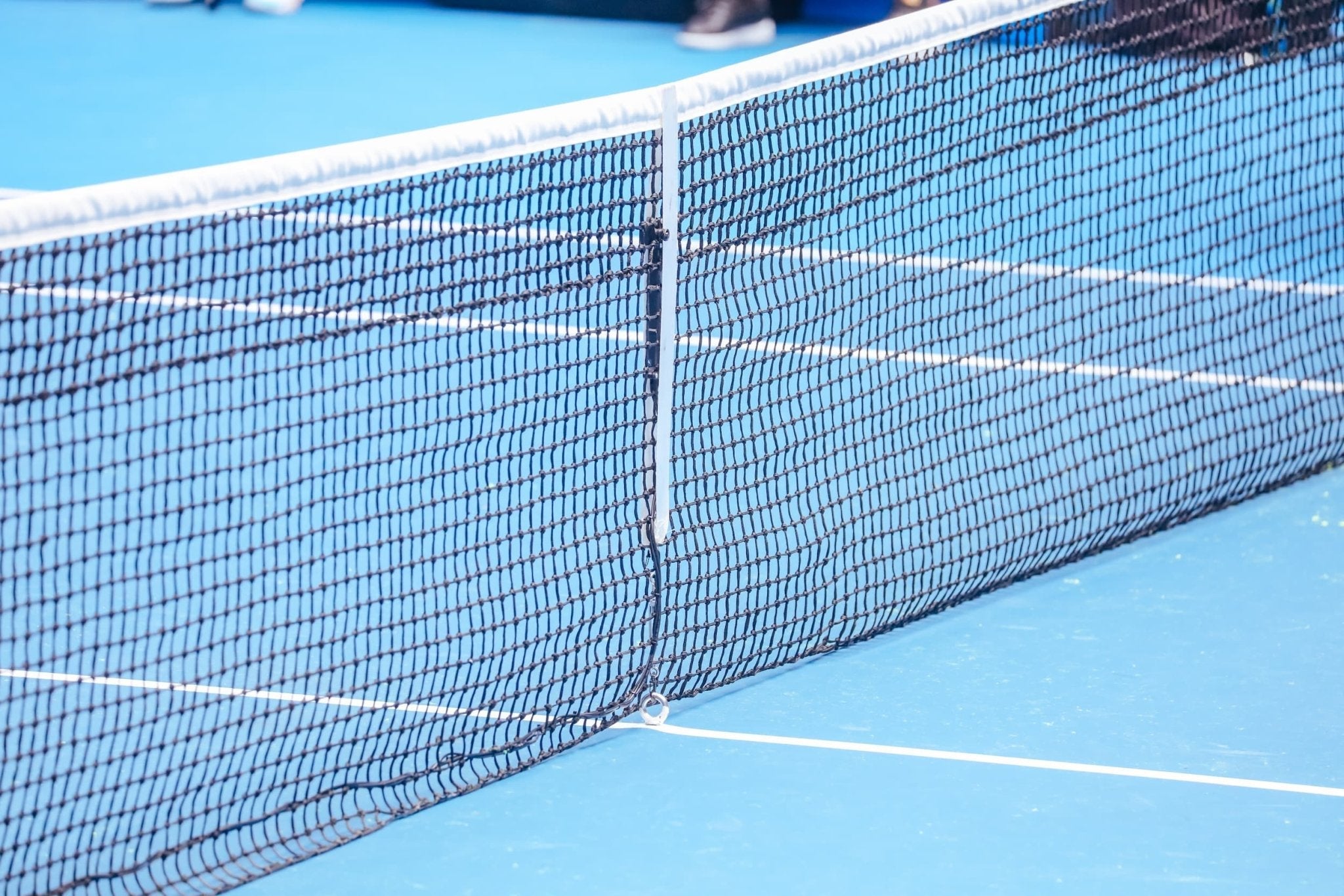Badminton is a fast-paced, globally popular racquet sport where players wield lightweight racquets to strike a shuttlecock across a net. Played indoors or outdoors (though professionally indoors), it features singles (one player per side) or doubles (two per side) formats. Points are scored when the shuttlecock lands within the opponent’s court boundaries, making it a game of precision, agility, and strategy.
History of Badminton
The origins of badminton remain debated, but its roots trace back to the mid-19th century on the Indian subcontinent. Evolving from the ancient game of battledore and shuttlecock—where players kept a shuttle aloft using paddles—it likely emerged among British expatriate officers in India. By the 1870s, it had gained traction, particularly in Poona (now Pune), earning the nickname "Poona." A variant, ball badminton, using a wool ball instead of a shuttlecock, was played in Thanjavur, Tamil Nadu, as early as the 1850s. In 1873, formal rules were drafted in Poona, allowing up to four players per side. The sport underwent refinements over decades, culminating in 1893 when the Badminton Association of England, led by Bagnel Wild and Hart, published standardized rules and officially launched it. The Badminton World Federation (BWF), originally named the International Badminton Federation, was established in 1934 by founding members including Canada, Denmark, England, France, New Zealand, and others, cementing its global governance.
Badminton Equipment
Badminton Racquet
The badminton racquet is the cornerstone of the sport. Weighing between 70 and 95 grams (unstrung), modern racquets are crafted from advanced materials like carbon fiber composite, aluminum, or steel. Carbon fiber provides a blend of strength, stiffness, and lightness, boosting shuttlecock speed, while innovations like carbon nanotubes and fullerene enhance durability. Racquet strings, typically synthetic, vary in tension (18–30 pounds) to suit player preferences—higher tension for control, lower for power. The sport’s laws cap racquet dimensions at 680 mm long and 230 mm wide, though players customize grip size and string patterns.
Shuttlecock
The badminton shuttlecock, or "birdie," is unique to the sport. It consists of 16 overlapping feathers (often goose or duck) embedded in a rounded cork base, usually coated with synthetic material for stability. Synthetic shuttlecocks, made of nylon, are durable alternatives for casual play. Speed ratings (e.g., 75–79) indicate suitability for different climates—slower in warm conditions, faster in cold.
Other Gear
Beyond racquets and shuttlecocks, players rely on specialized shoes with non-marking soles for grip on indoor courts, breathable apparel, and sweat-absorbent wristbands. High-level players may use stringing machines to maintain racquet tension.
Badminton Rules and Gameplay
A badminton match comprises best-of-three sets, each won by reaching 21 points with a two-point lead (e.g., 21–19). If tied at 20–20, play continues until a two-point advantage is achieved (e.g., 22–20 or 30–28 cap). The rally scoring system awards a point per rally, regardless of who serves. Serves must be underarm, struck below the server’s waist, and land diagonally in the opponent’s service court. Faults include double-hits, net touches, or out-of-bounds shots, while a "let" restarts play for interruptions (e.g., an unprepared player). Matches begin with a coin toss to determine first serve and court side.
The sport demands endurance, reflexes, and mental sharpness. Success hinges on the best badminton equipment and rigorous training.
Badminton Strategies and Techniques
Mastering badminton requires blending offense and defense. Key shots include the smash (a powerful downward strike), drop shot (a deceptive soft shot), and clear (a high, deep shot to push opponents back). Footwork is critical—players use the " chasse step" or lunge to cover the court’s 81.75 square meters (singles) or 98.39 square meters (doubles). In doubles, teamwork shines: one player may attack from the back while the partner defends the net. Deception, like feinting a smash then dropping, keeps opponents guessing. Stamina and anticipation are as vital as technique, especially in long rallies.
Famous Badminton Players
Badminton has produced legends like Lin Dan (China), a two-time Olympic gold medalist (2008, 2012) dubbed "Super Dan" for his dominance, and Carolina Marín (Spain), the first European woman to win Olympic gold (2016). Viktor Axelsen (Denmark) claimed gold in 2020, showcasing Europe’s rise, while Tai Tzu-Ying (Taiwan) mesmerizes with her finesse. Historical figures like Rudy Hartono (Indonesia), with eight All England titles (1968–1976), laid the groundwork for today’s stars.
Modern Badminton and the BWF
Today, the Badminton World Federation (BWF) oversees a thriving sport, with events like the BWF World Championships, Thomas Cup (men’s team), and Uber Cup (women’s team). The 2024 Paris Olympics will feature badminton’s fifth decade as a medal sport (since 1992). Technology, like Hawk-Eye for line calls, and synthetic shuttlecocks reflect modernization, though purists favor feathers. Asia dominates rankings, with China, Indonesia, and Japan leading, but Europe and India (thanks to stars like P.V. Sindhu) are closing the gap.
Conclusion
Badminton blends history, athleticism, and innovation into a captivating racquet sport enjoyed worldwide. From its colonial origins in Poona to its Olympic spotlight, it has evolved with refined rules, cutting-edge equipment like carbon fiber racquets and precision shuttlecocks, and strategic depth. Legends like Lin Dan and rising stars like Viktor Axelsen showcase its competitive spirit, while the BWF ensures its global growth. Whether you’re a casual player or an aspiring pro, badminton offers endless excitement and challenge. Grab a racquet, hit the court, and discover why this sport continues to soar—share your favorite badminton moment in the comments below!







Share:
What is the sport of Pickleball?
Indian Wells and Miami Open ATP Masters 1000 Tournaments